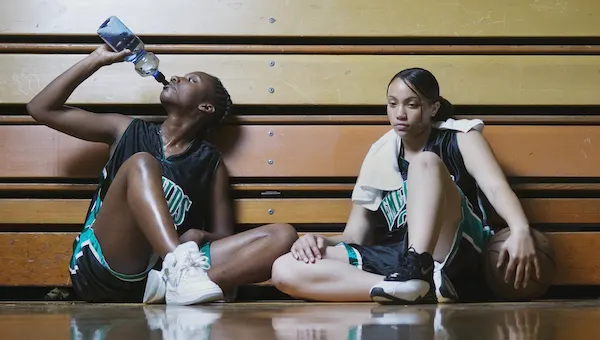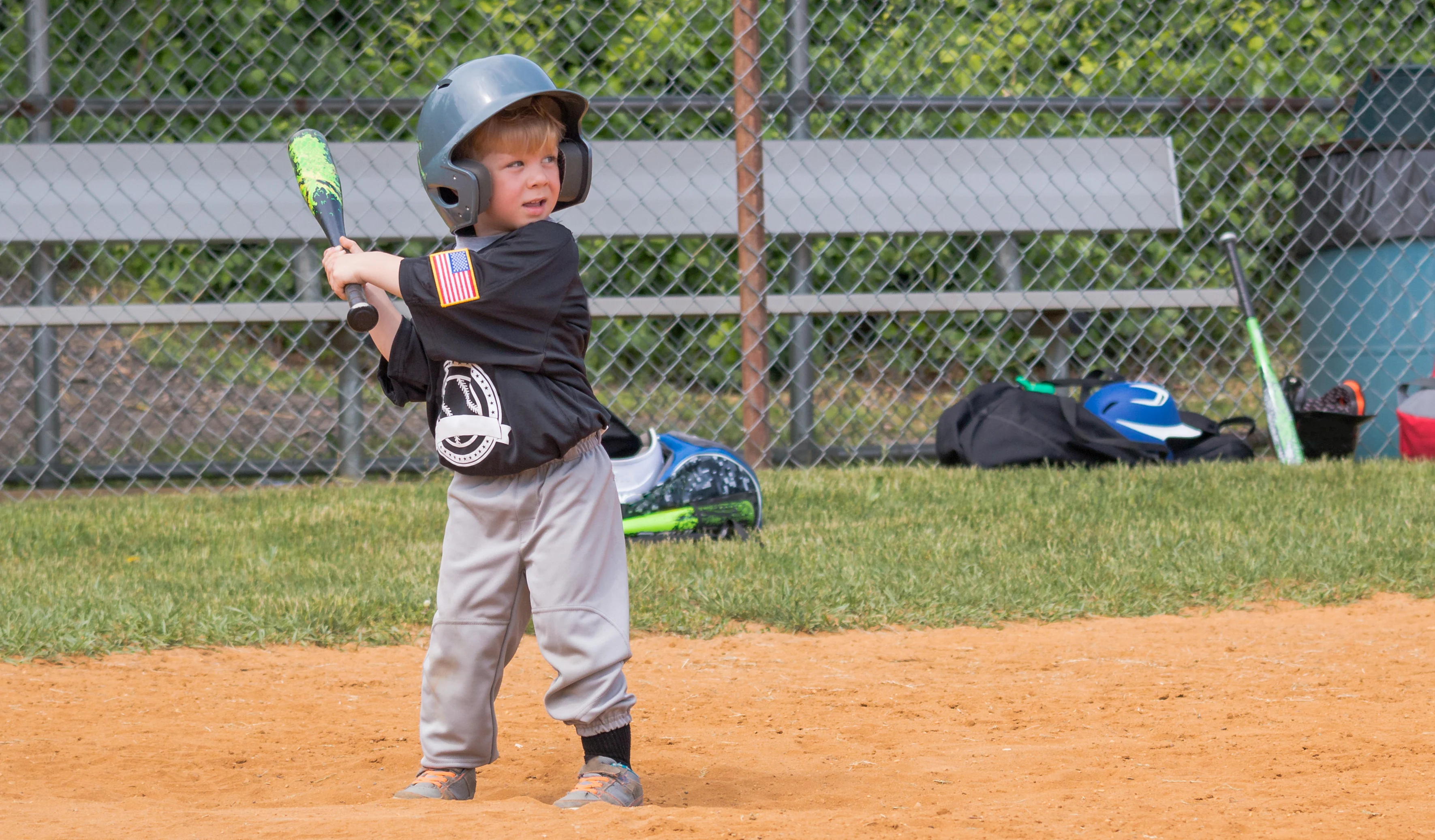
For some kids, playing a sport is an opportunity for fresh air and exercise. Other kids spend many hours per week training, traveling, and competing. These two divergent notions of sports participation have sparked an ongoing debate. The core question: Are youth sports too competitive?
What’s the answer? It depends. There’s a clear trend towards privatization and professionalization of youth sports. And kids’ sports injuries are on the rise. But youth with higher skill levels need outlets for their athletic talents–don’t they?
Only you can decide on the right level of intensity is for your children and your league. We review both sides of this controversial topic to give you a complete picture.
When Youth Sports Become Too Competitive
Today, opportunities abound for kids to train hard and specialize in a sport at a young age. In some sports, you can find elite and traveling teams catering to children as young as six-years-old. And there are many private coaches who offer sport-specific skills training to kids.
What happens when kids train too hard and specialize too early? They may quit due to being burnt out–or have to quit because of a serious injury.
Trends like these bring people to the “too competitive” camp. Those that hold this point of view cite several reasons to back up their perspective.
Increased Risk of Injuries
According to the American Academy of Pediatrics, more than 3.5 million children under the age of 14 experience a sports-related injury each year. Once athletes reach middle and high school age, overuse injuries account for half of all injuries.
In fact, early sport specialization is the leading causes of sports-related injury. Single-sport athletes are 73 to 90 percent more likely to be injured as compared to peers that play multiple sports.
Heightened Pressure to Succeed
When you add up fees, travel, coaching, and specialized gear, elite sports are expensive. And parents pushing competitive athletes to excel is not unusual.
Excessive pressure on young athletes is common–and dangerous–according to Psychology Today. It’s not unusual to hear parents or coaches criticizing a young person for mistakes.
The truth is, kids are kids–and their performance is going to be inconsistent. When adults behave badly, young people can feel anxiety and a diminished sense of self-worth.
To learn the best ways you can help to support young athletes, check out our post on "7 Ways to Support Young Athletes".

If you’re putting pressure on your 4-year old at practice, you’re doing it wrong.
Inflated Perceptions of Potential
Some parents hope for a scholarship to make their sports investments worthwhile. But the odds are slim. Statistics show that only 2% of high school athletes earn scholarships. Most don’t cover the full cost of tuition. And very few college athletes go on to play at a professional level.
Despite this reality, some parents and coaches fill athletes heads with visions of an unattainable future, instead of motivating them to work hard and be dedicated. This can create an unhealthy perception of superiority. For some young athletes, this inflated sense of potential can make it difficult to bond with peers at school.
While it's true that making it to the professional level is tough, young athletes can learn a ton about sports and even just life in general from watching pro athletes. Here's our top 5 takeaways "5 Things Young Athletes Can Learn from Pro Athletes".
When Young Athletes Need Higher-Level Challenges
Despite the downsides of competitive leagues, they play a vital role in the world of youth sports. Some kids are natural athletes and show more talent than other kids their own age. They need and deserve an outlet that lets them grow at an accelerated pace.
For those kids, playing on recreational teams don’t provide enough challenge. They may opt to take part in elite or travel sports to connect with athletes of the same caliber.
When considering the jump to a more competitive league, parents need to weigh many factors. Time and cost are always considerations–but making sure the experience is beneficial is crucial.
Here’s how to make sure that competitive sports are a positive experience for your child.
Choose a Good Caliber Coach and Team
Before you commit, get a feel for the climate of a competitive team. If you can, attend practices and games to observe the culture. Take a look at the team’s code of conduct to learn about what it expects from athletes and parents.
Take note of what you see. Are the kids supportive and friendly? Or does the coach berate kids over mistakes and missteps? Do parents seem welcoming–or do they incessantly brag about their star athlete?
Trust your instincts. If the situation doesn’t feel right, keep looking for a good fit for your child.
Keep Participation at Healthy Levels
Study after study has revealed the dangers of single-sport focus at an early age. If you have doubts, know that most of the upper echelon of professional athletes played several sports in high school. For example, in one recent Super Bowl, 96 percent of players were multi-sport athletes. Eighty-eight percent of college athletes played multiple sports as well.
It’s best to take a breather from a competitive sports program for a few months per year. Switch up to a different sport or just allow your kids to have fun while staying active.
And avoid overtraining during peak sports seasons. Pediatricians recommend limiting sports participation to five days a week.
Pay Attention to Your Child
Is your daughter reluctant to go to practices? Has your son claimed an injury but the doctor found nothing wrong? Behaviors like these are signs that your child is having doubts about playing sports. It’s time to have an open and honest talk.
You may learn that your child’s passion for the sport has waned. Maybe you can fix some factors and rekindle their interest. Or maybe it’s time to let go.
Even if you don’t see suspect behaviors, check in on your child’s feelings. Their interests and needs can evolve as they grow. You don’t want to cling to a sport that isn’t a good fit–especially if there’s major expense involved.
Are Youth Sports Too Competitive? Only You Can Decide
Despite the debate, competitive youth sports are here to stay. They have their pros and cons. Only you can decide if a more competitive approach is best for your kids and your league.
It’s good to view the dilemma from both sides. There’s no doubt that competitive sports increase costs, pressures, and risks of injury. But they can be the best fit for skilled athletes who need more challenges.
If you’re looking at a competitive sports program for your child, be discerning. Don’t let trophies or championships sway you. Winning is amazing, but a “win at all costs” culture can be harmful.
Your ultimate goal should be fostering enjoyment, health, and growth for your kids. That may mean traveling to tournaments or it may mean joining a recreational league. The only right answer is the one that works for your children and your family.
How to Ensure Your Program is Treating Youth Athletes Correctly
If you're currently running a youth sports program, after reading this article you may be wondering if you're taking all of the necessary steps to ensure the safety, well-being, and growth of your athletes. In order to make sure you have, there are a few steps you can take.
First, you can create a code of conduct for your program. A code of conduct will be a great way to make sure everyone involved knows what expected of them so things don't get out of hand.
Another way you can make sure your program is operating in the correct manner is by hiring the right coaching staff. You can run background checks on your new volunteers or coaches to make sure they're a good fit to foster young athletes. You may also want to consider hiring mothers to play a major role in your program. Women can add a new and unique skill set to your program that you may not currently have.
All in all, making sure you have these factors incorporated into your program is never a bad idea. Nothing is more important than your athletes safety, well-being, and growth.